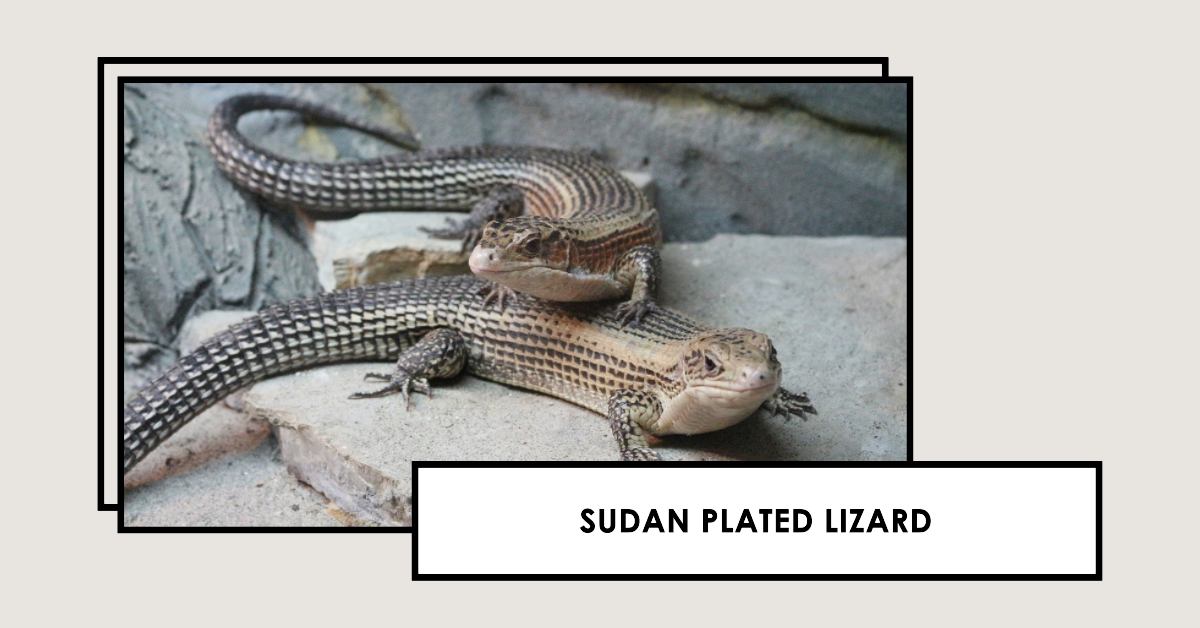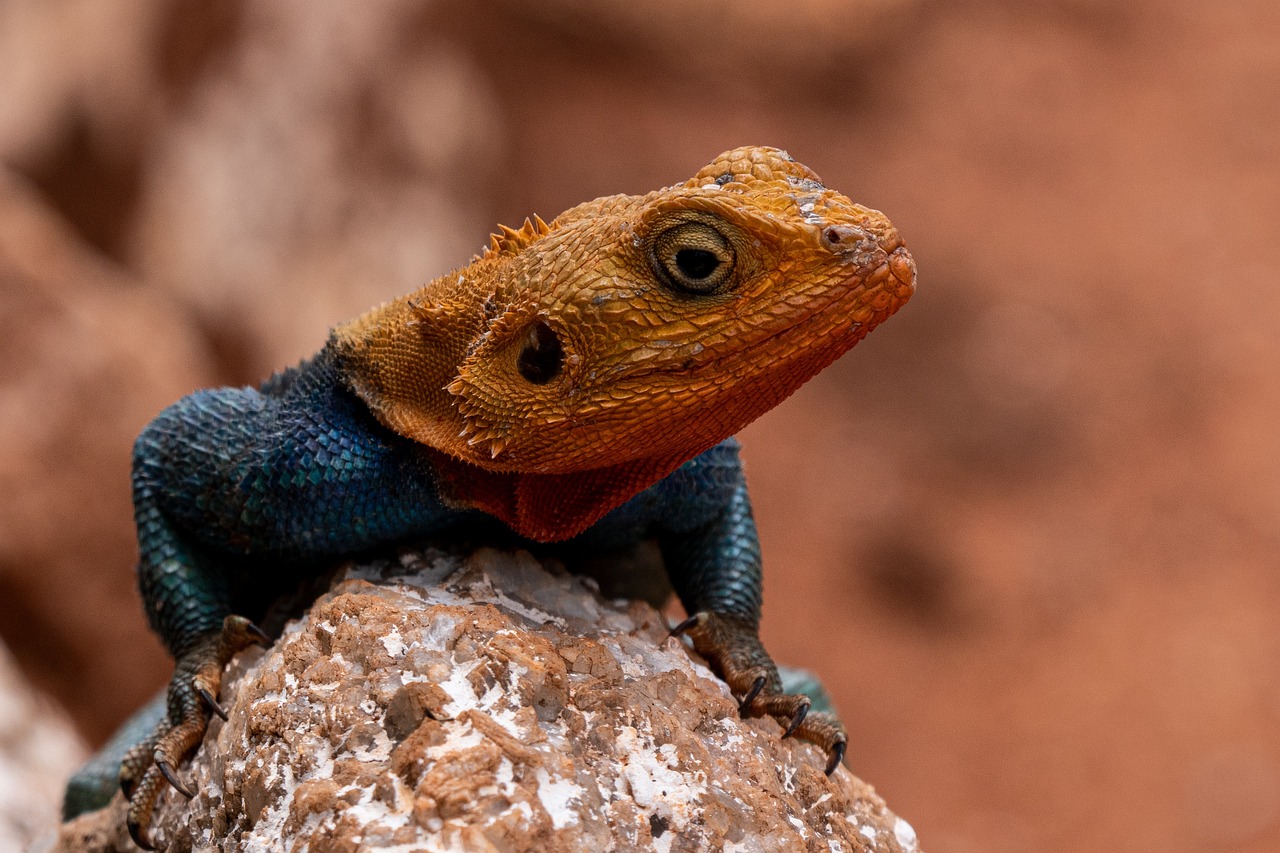Welcome to the comprehensive guide on egg-laying and incubation in bearded dragons, where we will take you on a journey through the intricacies of this fascinating reproductive process.
Like a skilled scientist dissecting the secrets of nature, you will uncover the signs that indicate impending egg-laying in female bearded dragons.
With meticulous attention to detail, we will guide you in creating the perfect nesting environment and teach you how to handle and incubate the precious eggs, ensuring the health and vitality of the hatchlings.
Key Takeaways
- Understanding the reproductive cycle of bearded dragons is important for their care and conservation.
- Female bearded dragons exhibit signs of impending egg-laying, such as increased digging and scratching, restlessness, and loss of appetite.
- Complications during the egg-laying process, such as egg binding and metabolic bone disease, can occur and require veterinary assistance.
- Creating the perfect nesting environment with the right temperature, humidity, and substrate is crucial for successful egg development and hatching.
Understanding the Reproductive Cycle of Bearded Dragons
To properly care for your bearded dragon, it's important to understand the reproductive cycle. Understanding hormonal changes and breeding behavior is crucial in ensuring the well-being of your beloved pet.
Bearded dragons are known to undergo seasonal changes in their hormone levels, which directly affect their breeding behavior. During the breeding season, male bearded dragons experience an increase in testosterone levels, leading to territorial behavior and increased aggression. Females, on the other hand, exhibit receptive behavior, such as head bobbing and tail waving, indicating their readiness to mate.
It's essential to closely monitor these changes and provide a suitable environment for successful breeding. By understanding the reproductive cycle of bearded dragons, you can ensure the health and happiness of your pet and potentially contribute to the conservation of this amazing species.
Signs of Impending Egg-laying in Female Bearded Dragons
If you're eagerly awaiting the arrival of baby bearded dragons, there are several signs that can indicate when your female dragon is about to lay her eggs. Paying close attention to your dragon's behavior is key to recognizing these signs. Here are some behavioral changes to look out for:
- Increased digging and scratching in the enclosure.
- Restlessness and pacing around the enclosure.
- Loss of appetite or decreased food intake.
- Frequent basking and sunning behavior.
- Increased aggression towards other dragons or humans.
It's important to note that while egg-laying is a natural process, there can be complications. Some common complications during the egg-laying process in female bearded dragons include egg binding, where the eggs become stuck in the reproductive tract, and metabolic bone disease, which can weaken the bones and make it difficult for the dragon to lay eggs.
If you notice any abnormal behavior or signs of distress, it's recommended to seek veterinary assistance to ensure the well-being of your dragon.
Preparing the Perfect Nesting Environment for Egg-laying
To create the ideal nesting environment for your bearded dragon, gather a mixture of sand and soil and place it in a shallow container, then add a bit of water to make it slightly damp. Bearded dragons require specific nesting materials for successful egg-laying and incubation.
The sand and soil mixture mimics the natural environment where bearded dragons lay their eggs in the wild. The dampness of the mixture ensures proper moisture levels for the eggs.
It's important to maintain the appropriate temperature and humidity requirements for egg incubation. The nesting container should be placed in an area with a temperature range of 80 to 85 degrees Fahrenheit (27 to 29 degrees Celsius) and a humidity level of 70 to 80 percent. This will provide the optimal conditions for the eggs to develop and hatch successfully.
Collecting and Handling Bearded Dragon Eggs
You should carefully collect and handle bearded dragon eggs using a soft, clean cloth and gently place them in a designated incubation container. Proper handling is crucial to ensure the health of the eggs and increase the chances of successful hatching. Here are some important points to keep in mind:
- Egg storage techniques: Store the eggs in a temperature-controlled environment to mimic natural conditions. Maintain a consistent temperature between 80-85°F (27-29°C) and a relative humidity of 80-90%.
- Dealing with infertile eggs: Candling is a technique used to determine if an egg is fertile or not. Shine a bright light through the egg to see if there are any developing embryos. Remove any infertile eggs from the incubation container.
By following these guidelines, you can ensure the well-being of the bearded dragon eggs and increase the chances of successful hatching.
Now, let's move on to the next section, where we'll discuss creating an optimal incubation setup for healthy hatchlings.
Creating an Optimal Incubation Setup for Healthy Hatchlings
To ensure the health and vitality of your hatchlings, it is important to create an incubation setup that provides optimal conditions for their development. Maintaining the right incubation temperature and humidity levels are crucial factors in promoting successful hatching. Bearded dragon eggs require a consistent temperature between 82°F and 86°F (28°C and 30°C) for proper incubation. Fluctuations in temperature can lead to developmental issues or even mortality. It is also important to maintain a humidity level of around 70% to prevent the eggs from drying out. To achieve these conditions, you can use an incubator specifically designed for reptile eggs. These incubators often have built-in temperature and humidity controls to ensure accurate and stable conditions. Regularly monitoring the temperature and humidity levels throughout the incubation period is essential for the healthy development of your bearded dragon hatchlings.
| Factors | Optimal Levels |
|---|---|
| Incubation Temperature | 82°F to 86°F (28°C to 30°C) |
| Humidity Levels | Around 70% |
Frequently Asked Questions
What Is the Average Lifespan of a Bearded Dragon?
The average lifespan of a bearded dragon is influenced by various factors, including genetics, diet, habitat, and overall care. Understanding these factors and providing proper care can help ensure a long and healthy life for your pet.
Can Bearded Dragons Lay Eggs Without Mating With a Male?
Yes, female bearded dragons can lay eggs without mating through a process called parthenogenesis. Factors like age, diet, and temperature can influence egg production in female bearded dragons.
How Long Does It Take for Bearded Dragon Eggs to Hatch?
The incubation period for bearded dragon eggs can vary depending on various factors, such as temperature and humidity. On average, it takes around 60 to 70 days for bearded dragon eggs to hatch.
What Are Common Signs of Complications During Egg-Laying?
During egg-laying, it's important to be aware of common signs of complications, such as prolonged digging, frequent restlessness, and difficulty passing eggs. Prevention and treatment methods, as well as how to assist your bearded dragon, are crucial for their well-being.
How Often Do Bearded Dragons Lay Eggs in a Year?
Bearded dragons typically lay eggs once or twice a year. However, the frequency can vary depending on factors such as age, health, and environmental conditions. Understanding these factors is crucial for successful egg production.
Conclusion
As the sun sets on the desert landscape, the bearded dragons' reproductive journey comes to a close. Through careful observation and preparation, we've unraveled the secrets of their egg-laying and incubation process.
Like the delicate dance of a dragon's tail, this comprehensive guide has shed light on the intricacies of their reproductive cycle.
With the knowledge gained, we can now create the perfect nesting environment and provide an optimal incubation setup, ensuring the health and vitality of future hatchlings.



